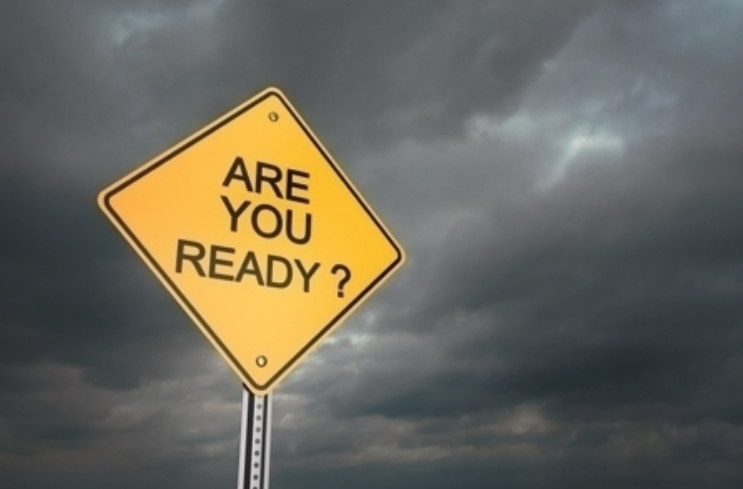CommentsBCK FILE--For those of us who live in Southern California, earthquakes seem to be the penance for eternal sunshine and a majestic coastline, along with nonstop traffic on the 405.
Many of us frantically gather earthquake provisions in the days following a few jolts or rolls, like we experienced over the weekend. However, in short time, we forget to replace the water. We know the earthquake kit is somewhere in the garage. We never got around to “earthquake-proofing” our cabinets or attaching the bookcases the last time we moved. We don’t know where the gas shut-off valve is and don’t have a wrench nearby if we do. Do we have communications plan to connect with family or friends out of the state?
The city of Los Angeles has done a subpar job of preparing us for the eventuality of a destructive earthquake. What if the epicenter of the recent earthquake had been in Los Angeles instead of Ridgecrest and it hadn’t been on a holiday? A wife may have been working while her husband was out at a ballgame with his buddies. The kids are playing at the neighbors. The phone lines are down; streets are not accessible. We have no cell service. The “quake pac” is in the trunk of dad or mom’s car. Transportation has stopped.
Schools, police and fire departments conduct drills but what about private citizens? What is the city doing to minimize panic that might ensue after a disaster?
Last fall’s Woolsey Fire was unprecedented in its scope, 14 miles wide and quickly moving from the 101 Freeway to the Pacific in five hours. 70,000 homes, businesses and other structures were in the fire’s path and 250,000 people had to be evacuated.
In December of last year, LA County Supervisor Sheila Kuehl introduced a motion to review response and recovery from the Woolsey Fire and to identify the best practices for evacuation and repopulation procedures. Fires provide us with some notice as they sweep through an area. Issues studied included unavailability of cell service to contact residents who won’t receive mobile evacuation alerts.
Wildfire preparedness requires the coordinated efforts of fire, police and sheriffs’ departments, as well as brush clearance and cooperation from utility companies. The lessons learned from the Woolsey and Hill fires can teach us some practices for earthquake preparedness, although an earthquake could cause even more destruction and impact far more people.
What can we do to prepare for disaster preparedness?
LA County offers a FEMA-certified 20-hour Community Emergency Response Team Training (CERT) to prepare citizens for disasters. Volunteers are trained by emergency response personnel for hazards that may impact local areas, including fire safety, light search and rescue, team organization, and disaster medical preparation.
- For information about CERT and training opportunities, visit cert-la.com
- The FEMA website is a good resource for earthquake preparedness, before, during, and after an earthquake.
Beth Cone Kramer is a professional writer living in the Los Angeles area. She covers Resistance Watch and other major issues for CityWatch.)
-cw
















